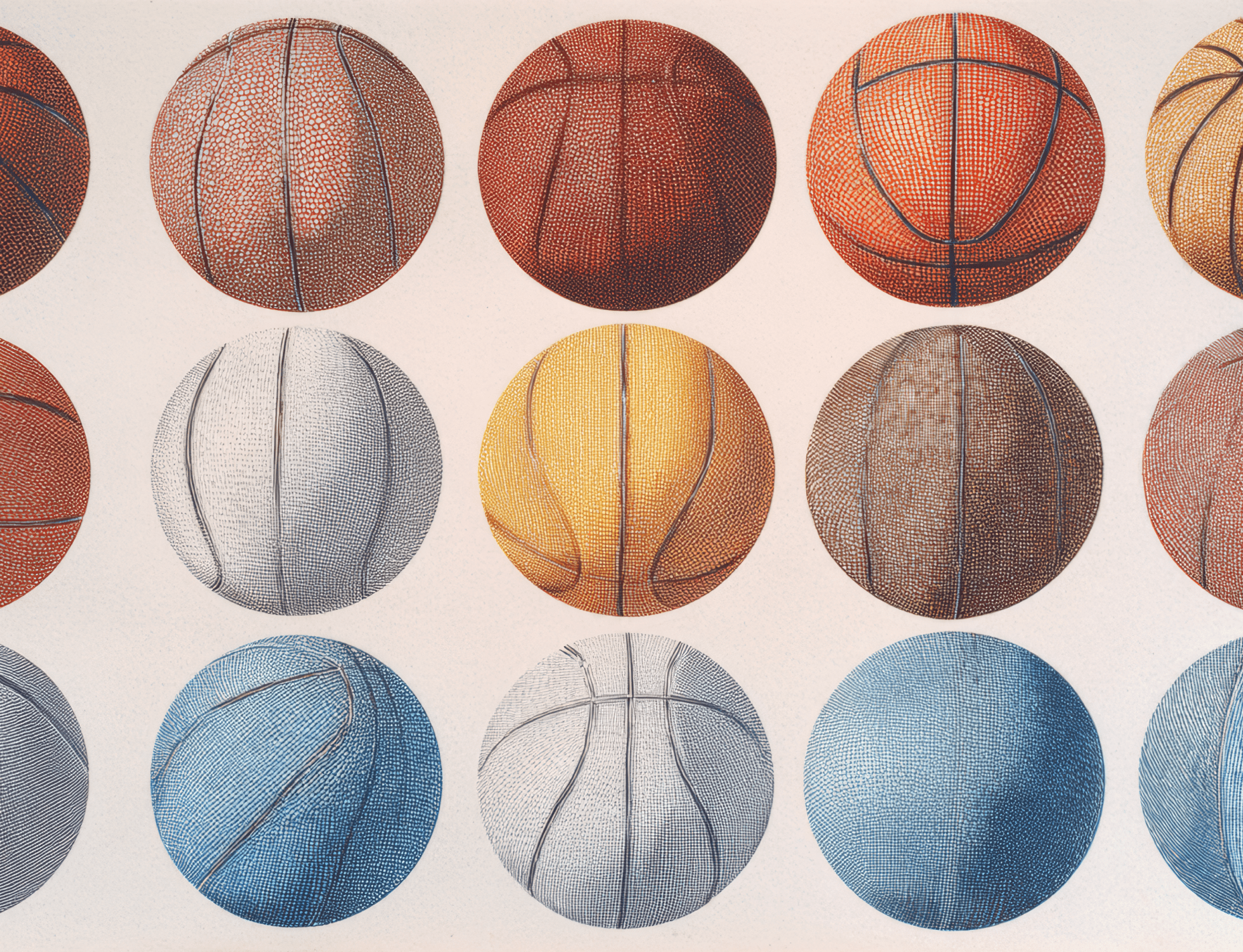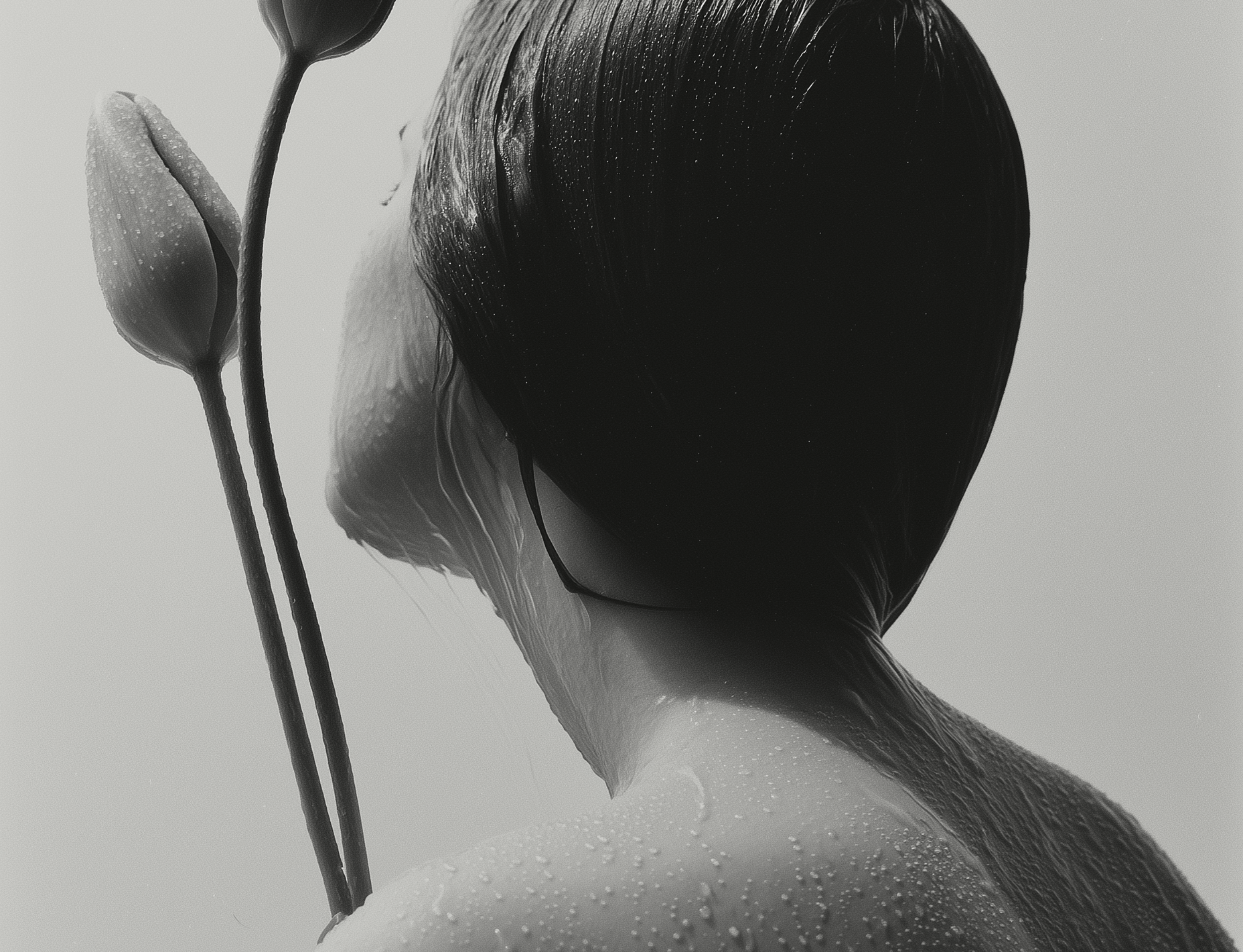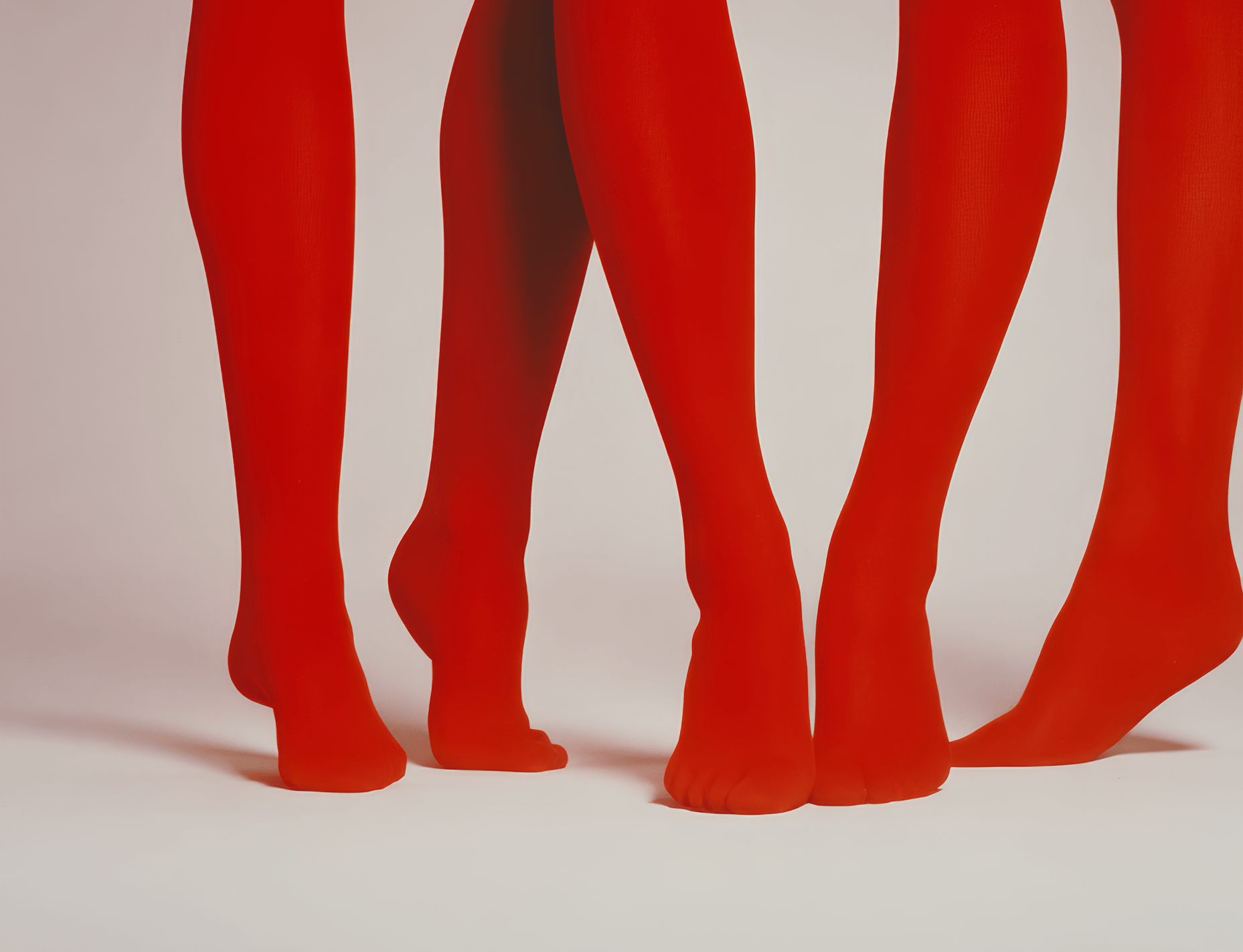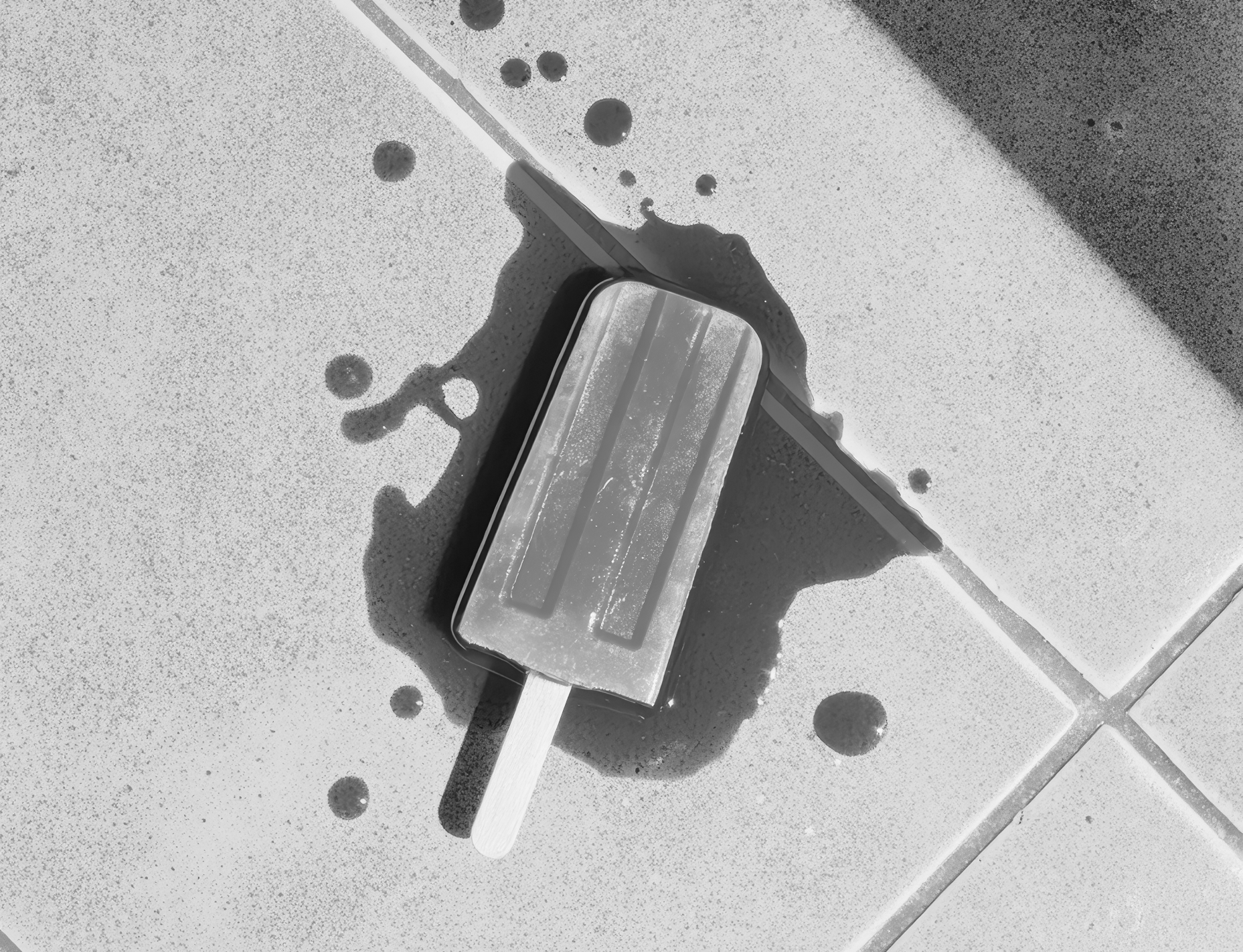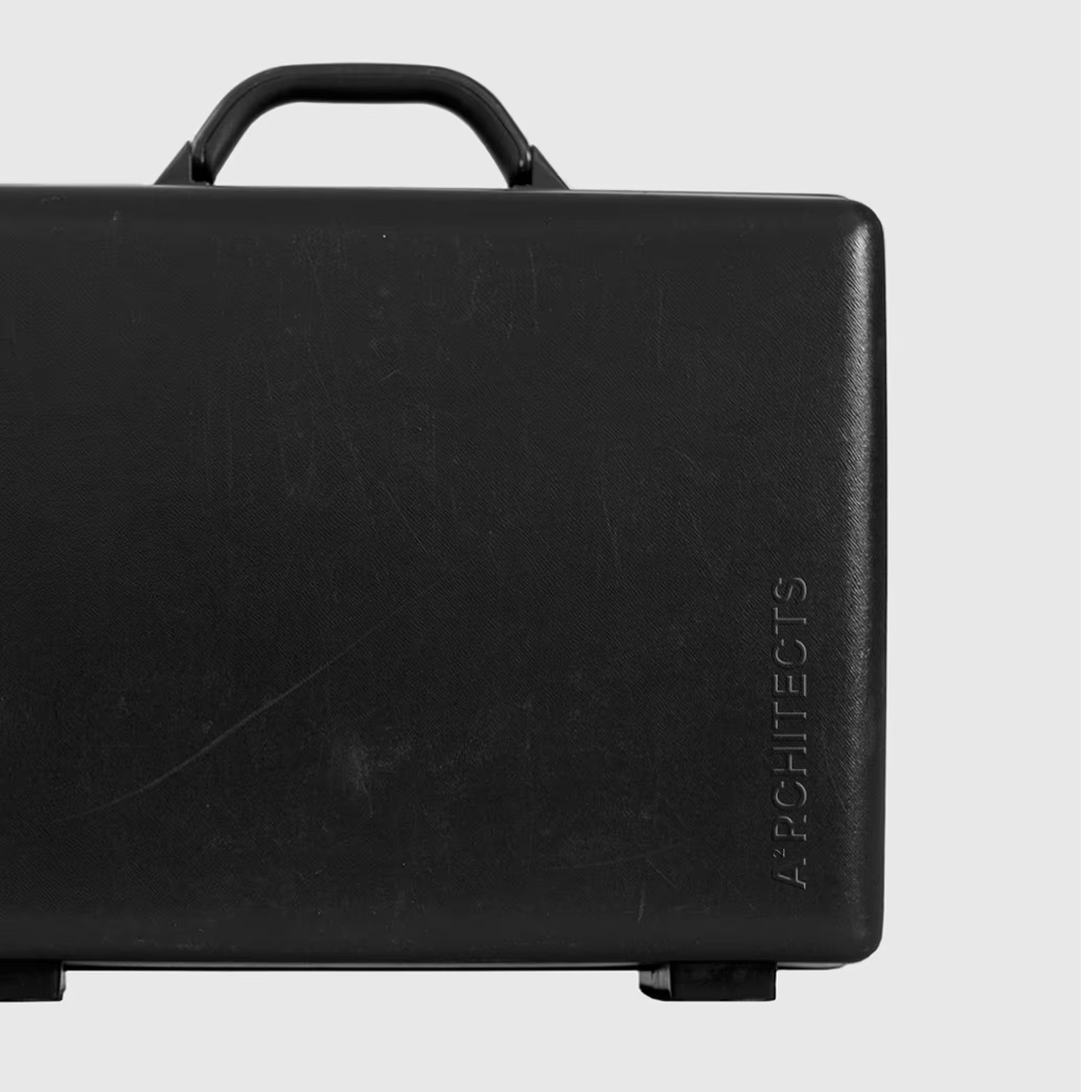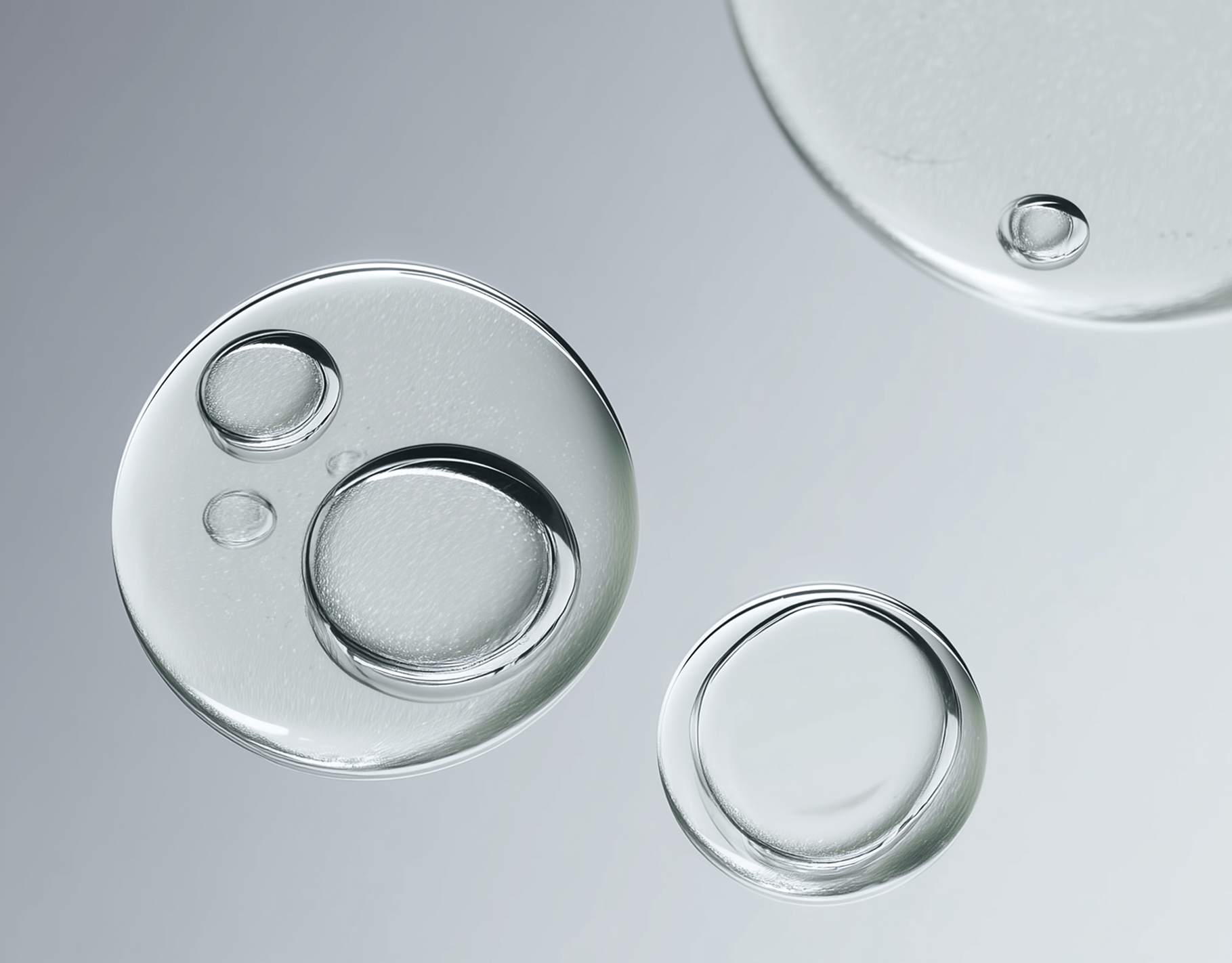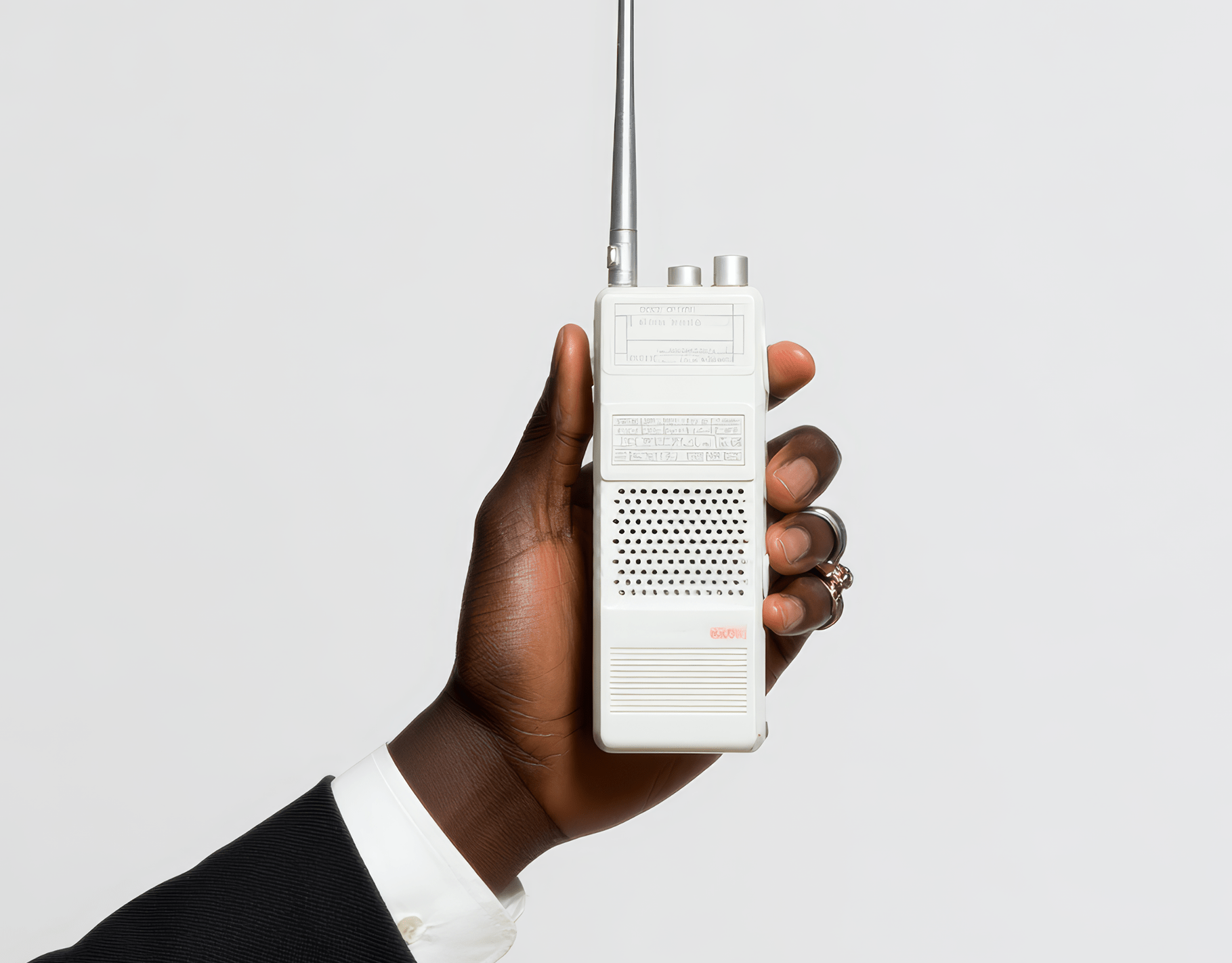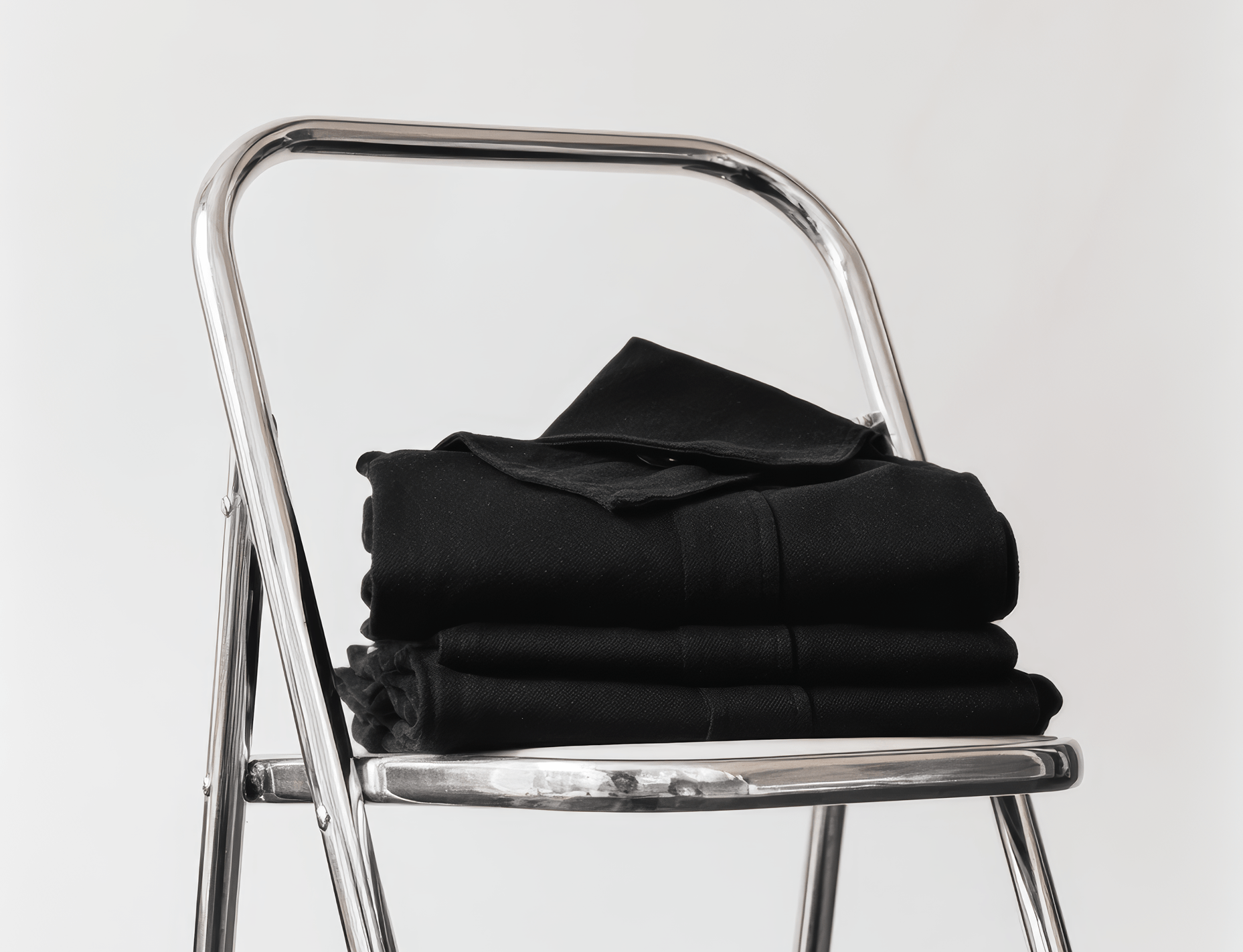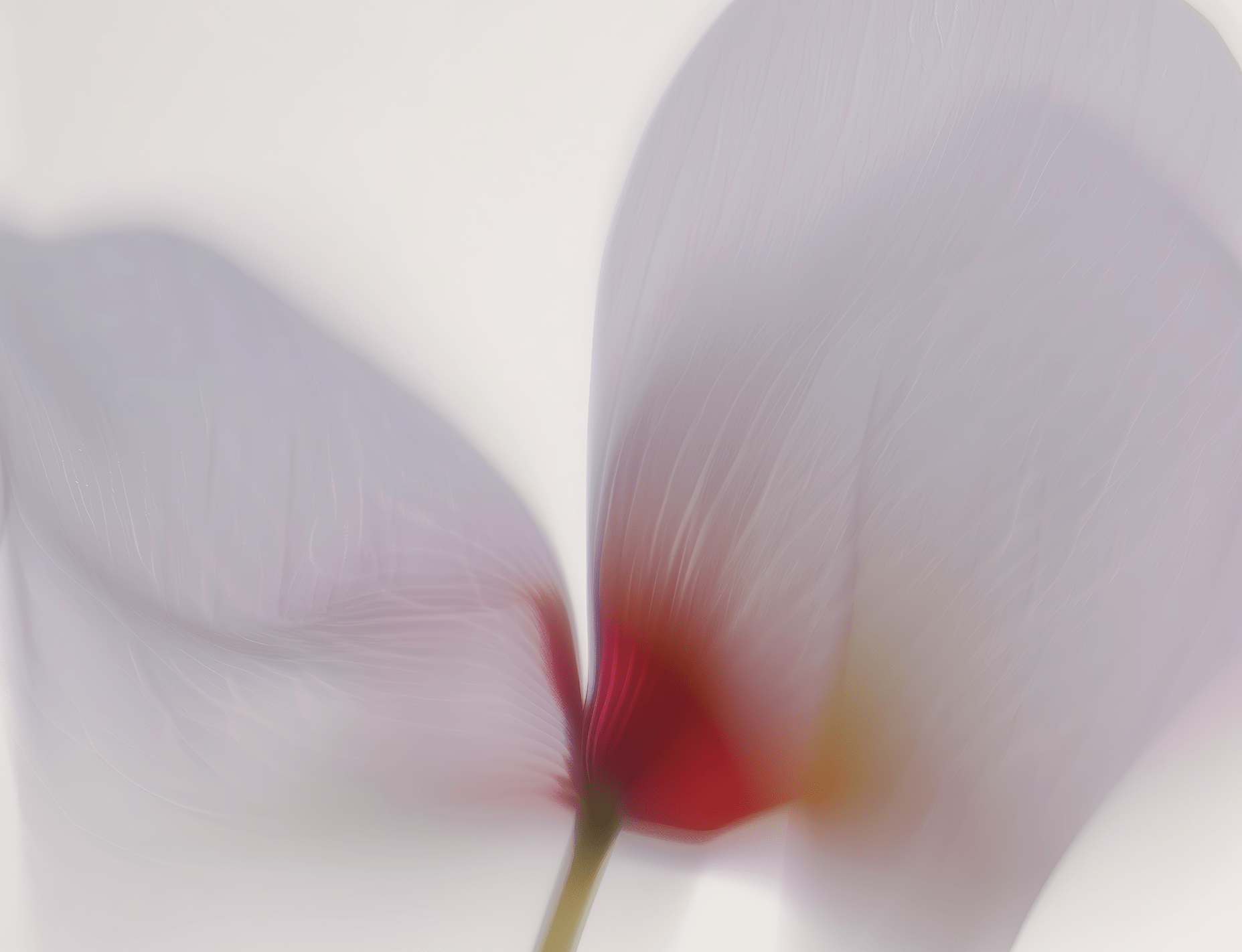What is Aesthetic Intelligence?
Aesthetic intelligence is the ability to understand, interpret, and create meaningful sensory experiences that drive emotional connections with customers. Developed by Pauline Brown, former Chairman of LVMH North America, it consists of four core skills: attunement (noticing details), interpretation (understanding impact), articulation (explaining choices), and curation (organizing experiences). Unlike traditional design thinking, aesthetic intelligence recognizes that 85% of purchase decisions are driven by emotion, not logic.
The $1 Million Aesthetic Intelligence Failure
We came across the story of Carisa Janes, founder of Hourglass Cosmetics, who lost nearly around $1 million when her beautifully designed foundation bottles failed because of faulty pumps. More than 10,000 units had to be pulled from Sephora shelves,- proof that when packaging fails, design fails.
It was a clear reminder that aesthetics aren’t only about appearance; they’re about the entire sensory experience. This is where aesthetic intelligence meets sensory branding — creating moments that resonate beyond the visual.
In her book, Pauline Brown's concept of aesthetic intelligence completely reframes how we should approach sensory experience in business.

It's not about making things pretty; it's about understanding that 85% of why people buy is purely emotional.
Aesthetic Intelligence vs Artificial Intelligence: The Human Advantage
Here’s what caught our attention: Pauline Brown calls aesthetic intelligence “the other AI.” While much of the world is focused on artificial intelligence and automation, she argues that human sensory intelligence, what forward-thinking companies now call brand sensory strategy, is becoming one of the most powerful competitive advantages. Unlike traditional design thinking, aesthetic intelligence goes deeper.
Think about it. When was the last time you chose a product purely on specifications? It’s hard to remember, because in markets where everything performs similarly, we decide based on how things make us feel. The weight of a perfume bottle. The sound of a car door closing. The texture of hotel sheets.
The 4 Pillars of Aesthetic Intelligence (Pauline Brown's Framework)
Attunement - Actually noticing sensory details most people miss
Interpretation - Understanding why certain experiences feel right or wrong
Articulation - Being able to explain aesthetic choices clearly
Curation - Organizing elements for maximum emotional impact
What fascinates us is how this approach turns something often seen as mystical into something systematic. Taste is no longer only an innate talent; it can be understood as a framework that can be learned and applied.
What This Means for Creative Businesses
The implications are honestly kind of staggering. Brown shares this example that still makes me think: Google Glass failed not because of price or functionality. It failed because it looked stupid. That's it.
A multi-billion dollar project killed by aesthetic ignorance.
Meanwhile, look at Apple. Brown uses Steve Jobs as her primary case study, and it's perfect. Jobs didn't win through technical superiority; PCs had better specs for years. He won by designing products that felt incredible in your hands first, then happened to work brilliantly.
This completely changes how founders should think about product development. You're not just solving problems anymore; you're creating experiences that resonate on a sensory level.
A matcha café isn't competing on caffeine content. A skincare line isn't winning on active ingredients alone. They're winning on the total sensory experience.
Why CEOs Can't Outsource Aesthetic Intelligence
Here's where it gets uncomfortable for a lot of business owners: Brown insists that aesthetics cannot be outsourced to your creative team. It has to start with leadership.
We see this mistake constantly: business owners who believe they can hire a great designer and “check the aesthetic box.” But without sensory awareness themselves, how can they know what to approve, how to maintain standards, or how to make the thousand small decisions that shape a cohesive experience?
Brown puts it bluntly: "Most skills can be taught, but it is very hard to give people fire." You need that intrinsic passion for sensory excellence. Without it, you'll always be playing catch-up to competitors who genuinely care about every touchpoint.
How to Build Aesthetic Intelligence: The Sensory Audit Method
Here’s a simple example. Pauline Brown describes how a steakhouse and a sushi bar require completely different aesthetics. Obvious, perhaps,- but when she breaks it down, the reasoning is striking. Lighting, acoustics, even the weight of utensils must all align with the experience you’re creating.
This kind of multi-sensory thinking applies far beyond restaurants. With our clients, we use what we call a sensory audit: mapping every touchpoint and asking what people are seeing, hearing, feeling, and even smelling. Where are the disconnects? Where could we add an unexpected moment of pleasure?
Aesthetic Intelligence in Action: Modern Surface Collections
For our client, Modern Surface Collections, this translates to something deeper than product display. Their showroom becomes a laboratory where architects and designers don't just see materials – they experience how surfaces will behave in real spaces. The satisfying weight of a stone sample in your palm. The way morning light catches the subtle texture of a finish. Every sensory detail becomes part of the decision-making process, because great design happens through touch, not just sight.
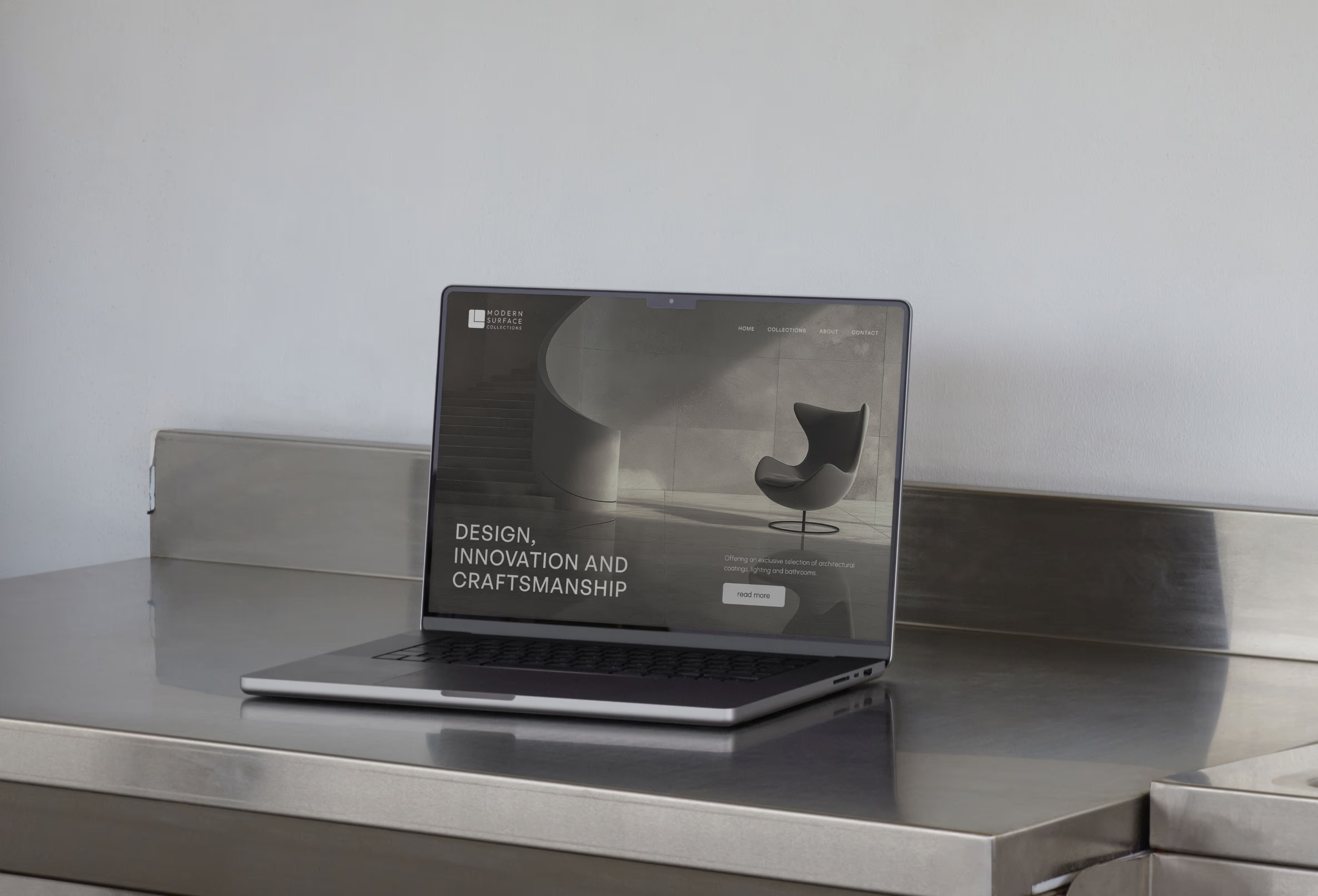
The Philosophical Shift Nobody Talks About
Brown's deeper argument is that we're moving beyond consumption into experience. "People do not need more stuff, but they do need pleasure, and aesthetics is a powerful way to deliver it."
This isn't just feel-good philosophy; it's hard business strategy. When everything's available and most things work fine, the only real differentiation is how you make people feel. And feelings come through the senses, not through features lists.
We think about this with our clients all the time. The boutique hotel team wasn’t just selling rooms; they were selling the feeling of arrival. The skincare founder wasn’t selling moisturizer; she was selling the ritual of self-care. Once you see it this way, everything shifts.
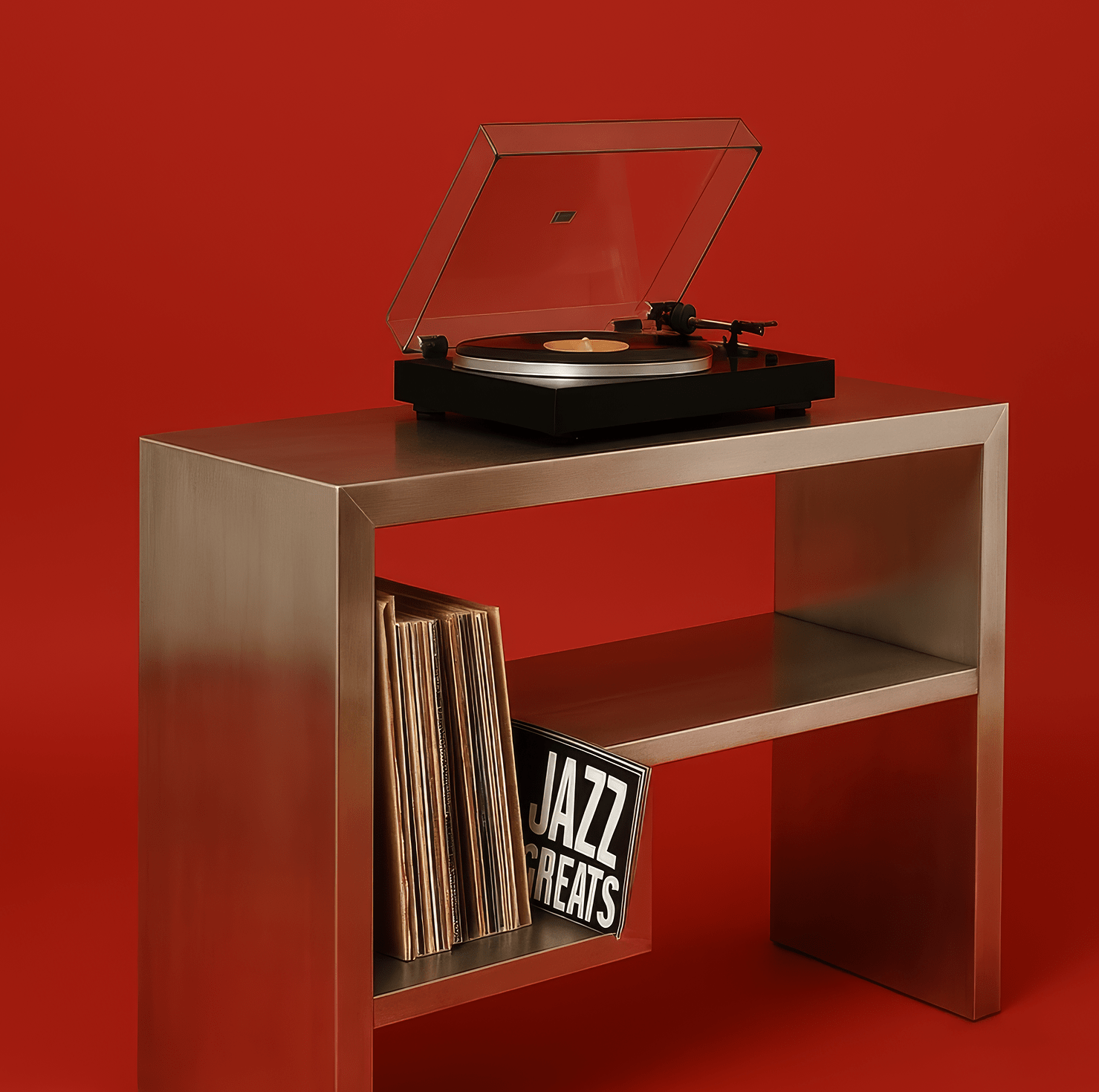
How to Develop Aesthetic Intelligence: A Step-by-Step Guide
So how do you actually develop this if you weren't born with a "good eye"? Brown's framework suggests starting with attunement; literally just paying attention. Start noticing why certain spaces make you feel good. Why some products feel premium while others feel cheap. Why certain brands stick in your memory.
Then practice articulation. Try explaining why something works aesthetically without using words like "nice" or "pretty." Get specific. Is it the proportion? The material? The negative space? This builds your vocabulary for aesthetic decisions.
For curation, study masters in your field. Not to copy, but to understand their choices. Why did Aesop choose brown bottles? Why does Goop use that specific shade of cream? Why do certain cafés feel instantly Instagram-worthy? There's always logic behind great aesthetic choices.
But honestly? The biggest shift is just deciding this matters. Once you commit to aesthetic excellence as a core business strategy, not a nice-to-have, everything else follows.
Your Next Move
We know this might feel overwhelming. Especially if you've been focused on other aspects of building your business. But here's the thing: your customers are already making aesthetic judgments about your brand. Every single day. The question is whether you're consciously crafting those experiences or leaving them to chance.
Start small. Pick one customer touchpoint at a time; maybe your packaging, your website's loading screen, or even your email signature. Apply Brown's framework. What are people sensing? What emotion does it create? How could it feel more intentional, more pleasurable, more... you?
Remember: in a world drowning in functional sameness, aesthetic intelligence isn't luxury. It's survival. And unlike artificial intelligence, it's something only humans can truly master.
The brands that win tomorrow won't just solve problems. They'll create moments of genuine sensory pleasure in a world that desperately needs more beauty. That's the real power of aesthetic intelligence.
Let's explore how aesthetic intelligence could transform your business.
Ready when you are



